-
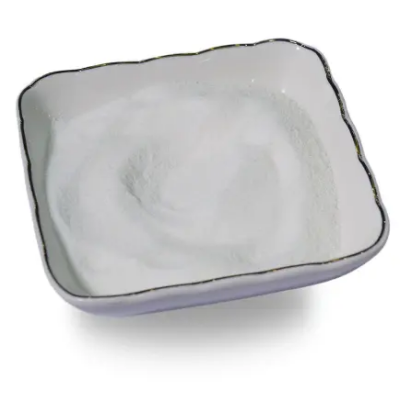
Sodium Inosinate CAS:4691-65-0
Sodium inosinate is a food additive commonly used as a flavor enhancer. It is often found in savory snacks, canned soups, and processed meats. This compound is a sodium salt of inosinic acid, which is naturally present in various animals and plants. As a food additive, sodium inosinate is typically used in combination with monosodium glutamate (MSG) to enhance the umami flavor in food products. It is generally recognized as safe for consumption by regulatory authorities when used in appropriate amounts
-
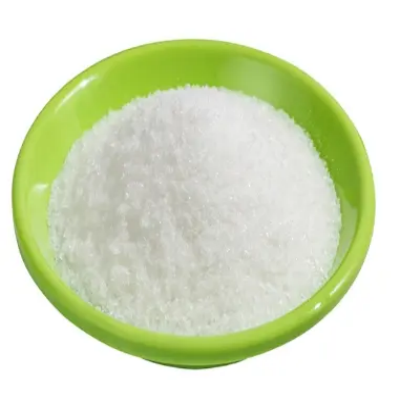
Transglutaminase (TG) CAS:80146-85-6
Transglutaminase (TG) is an enzyme that catalyzes the formation of covalent bonds between protein molecules. It is commonly used in food processing to improve texture, binding, and shelf life. In addition, TG is also utilized in medical and pharmaceutical applications for drug delivery and tissue engineering. As a versatile enzyme, TG plays a crucial role in various industries due to its ability to modify and enhance the properties of proteins.
-
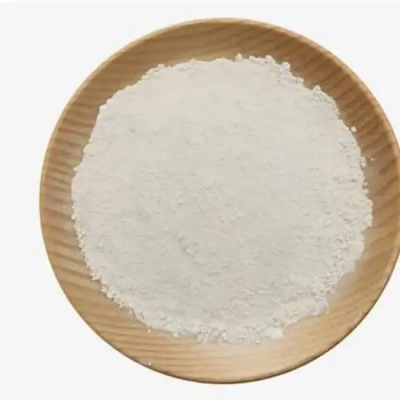
Vanillin CAS:121-33-5 Manufacturer Supplier
Vanillin is a synthetic compound that resembles the flavor and aroma of vanilla. It is commonly used as a flavoring agent in food, beverages, and pharmaceuticals. Vanillin is also used in the production of perfumes and as a chemical intermediate in the manufacture of pharmaceuticals and other fine chemicals.
-
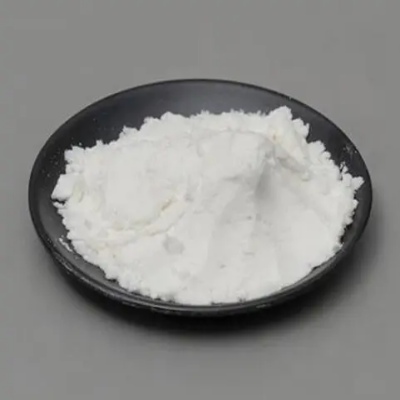
Zinc Acetate CAS:557-34-6 Manufacturer Supplier
Zinc acetate is a chemical compound with the formula Zn(CH3COO)2. It is a white crystalline solid with a slightly acidic taste. Zinc acetate is commonly used as a dietary supplement to treat zinc deficiency. It is also used in the production of various pharmaceuticals, as a mordant in dyeing, and as a catalyst in organic synthesis. Additionally, zinc acetate has astringent properties and is used in some topical antiseptic ointments. In the food industry, it is used as a flavoring agent and as a preservative. Furthermore, zinc acetate is employed in the production of certain types of plastics and as a corrosion inhibitor in some industrial processes. Due to its diverse applications, zinc acetate is an important compound in various fields, including medicine, chemistry, and manufacturing.
-

Pectin CAS:9000-69-5 Manufacturer Supplier
Pectin is a polysaccharide is rich in galacturonic acid and possesses a complex structure and function.Pectin is a high molecular weight polyuronide. It is related to the carbohydrate family and is present in fruits and berries.Pectin is used as a thickening agent in cosmetic preparations given its gelling properties. It is soothing and mildly acidic and extracted from apples or the inner portion of citrus fruit rind.
-

Polyglycerol Fatty Acid Ester(PGFE) CAS:67784-82-1 Manufacturer Supplier
Polyglyceryl Ester Of Fatty Acid (PGFE) is the general name of a series of products, also known as polyglycerin ester (PGFE), polyglycerol mono-polyfatty acid ester, fatty acid polyglycerin ester, characterized by more hydrophilic hydroxyl groups.
-
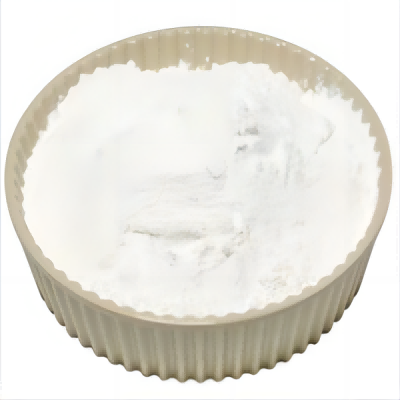
Propylene Glycol Alginate (PGA) CAS:9005-37-2 Manufacturer Supplier
Propylene glycol alginate is practically odorless and tasteless. The propylene glycol ester of alginic acid varies in composition according to its degree of esterification and the percentages of free and neutralized carboxyl groups in the molecule.
-
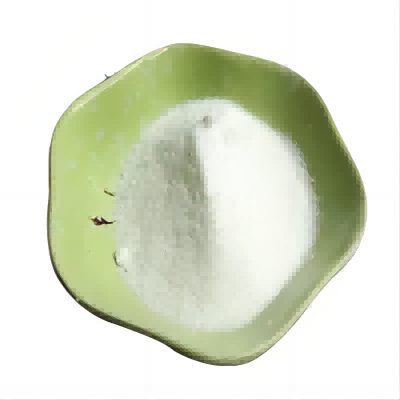
Sodium Alginate CAS:9005-38-3 Manufacturer Supplier
Sodium alginate is the sodium form of alginate. Alginate is a linear, anionic polysaccharide consisting of two form of 1, 4-linked hexuronic acid residues, β-d-mannuronopyranosyl (M) and α-l- guluronopyranosyl (G) residues. It can be arranged in the form of blocks of repeating M residues (MM blocks), blocks of repeating G residues (GG blocks), and blocks of mixed M and G residues (MG blocks). Commercially available alginate currently originates from algae. Alginate has wide applications. For example, one of its most important role is being used as wound dressing materials for the treatment of acute or chronic wounds. The use of alginate crosslinking to make hydrogels for cell encapsulation is also quite valuable. The emergence of various kinds of its derivatives recently has further extended its application.
-
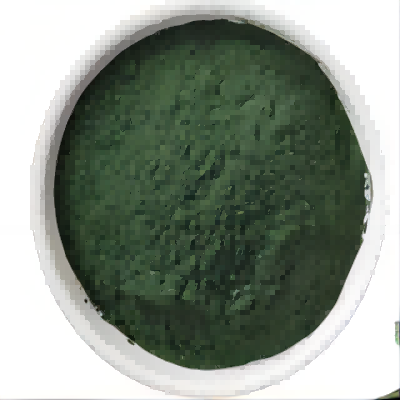
Sodium Copper Chlorophyllin CAS:28302-36-5 Manufacturer Supplier
Sodium copper chlorophyllin (SCC) is a water-soluble and bright green mixture derived from natural chlorophyll that has potential antimutagenic and antioxidant properties. This compound is used as a food colorant and supplement.SCC of the commercial-grade is prepared from a reaction between a crude chlorophyll extract and methanolic sodium hydroxide, followed by replacement of the central magnesium atom with a heavy metal.
-
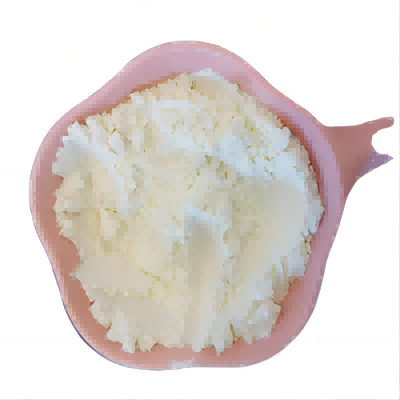
Span-60 CAS:1338-41-6 Manufacturer Supplier
Span 60 is a sorbitan monoester than is used as a non-ionic detergent.Sorbitan monostearate is a fatty acid ester.Sorbitan monostearate has a bland odor and taste. It is a mixture of partial stearic and palmitic acid esters of sorbitol and its mono- and dianhydrides.
-
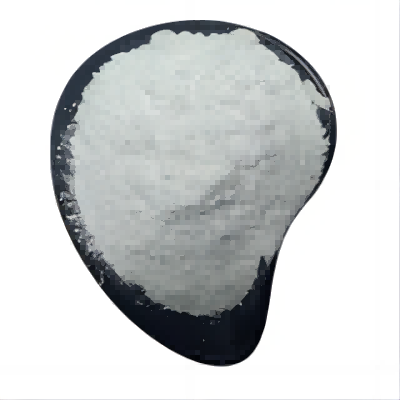
Titanium Dioxide CAS:1317-80-2 Manufacturer Supplier
Titanium dioxide is naturally presented in titanium ore and rutile titanium. Its molecular structure makes it contain high luminance and covering property. But it must be subject to first extraction and purification. 60 years ago, the DuPont Company had developed the chlorination process as the production technology of titanium dioxide. Because of its relative old sulfuric acid process, it is capable of manufacturing high-quality paint products while reducing environmental emissions and energy consumption and therefore has become the preferred technique in the world.Titanium dioxide (or TiO2) is the most widely used white pigment in the field of industry, being used in architecture, industry and automotive coatings; furniture, electrical appliances, plastic tape and plastic box-purpose plastic; high-grade magazines, publicity pictures and paper for attached film as well as specialty product such as ink, rubber, leather and elastomers.
-
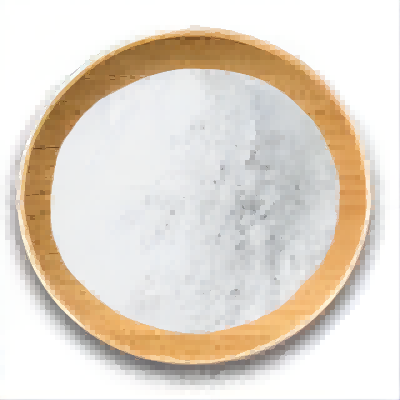
HydroxyPropyl Methylcellulose(HPMC) CAS:9004-65-3 Manufacturer Supplier
Hydroxypropyl methyl cellulose is a propylene glycol ether of methylcellulose in which both hydroxypropyl and methyl groups are bound to the anhydrous glucose ring of cellulose by ether linkages. Hydroxypropyl methyl cellulose is synthesized from methyl cellulose by the action of alkali and propylene oxide. The resultant product is a water soluble ether derivative of cellulose containing both methoxy and hydroxypropyl groups. The degree of substitution is 1.08 to 1.83 with the hydroxypropyl groups as the minor constituent. White to off-white fibrous powder or granules. Soluble in water and some organic solvents. Insoluble in ethanol, the aqueous solution has surface activity, forms a thin film after drying, and undergoes a reversible transition from sol to gel in turn by heating and cooling.

